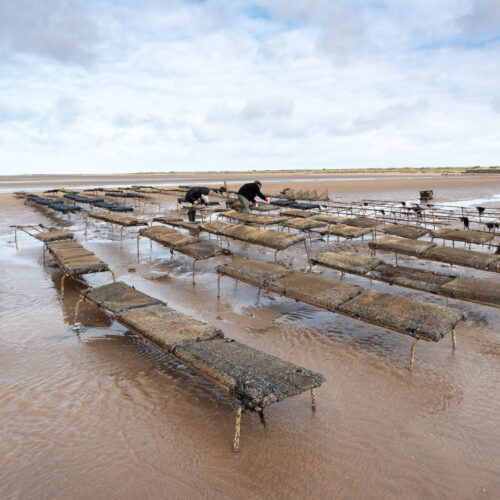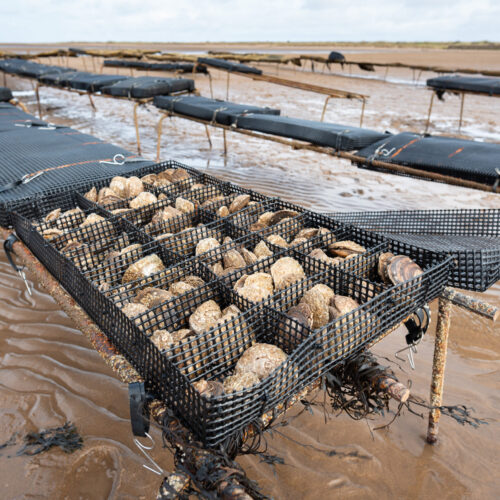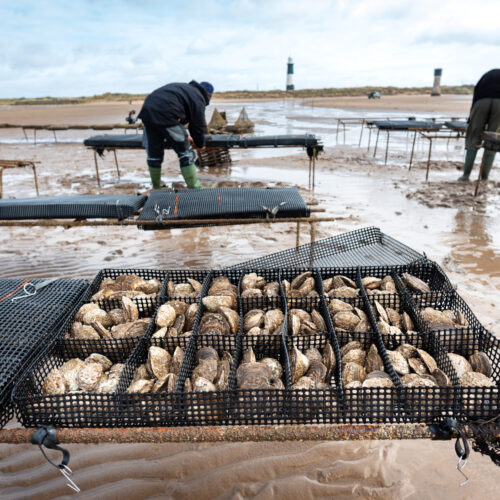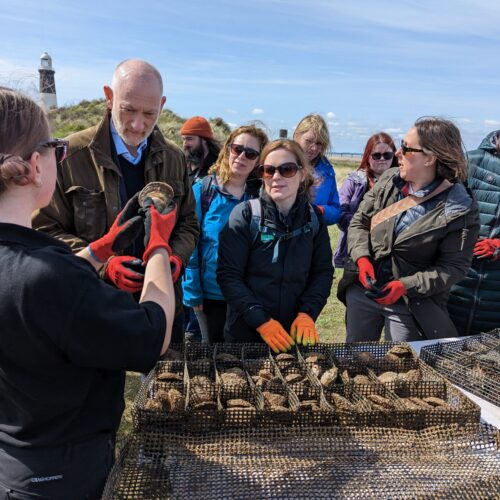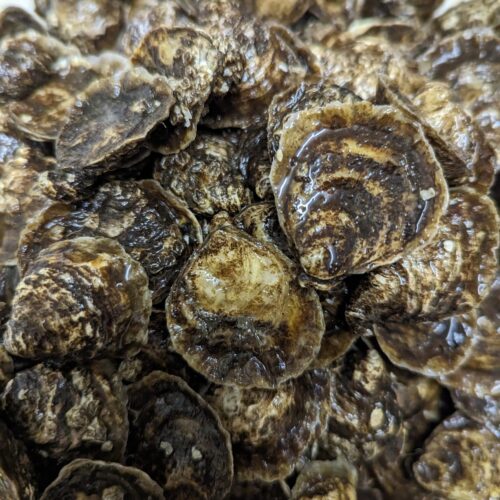Project Aim: To reintroduce half a million native oysters to the Humber estuary
The Humber estuary is one of the most significant natural features in the UK. Its habitats are of international importance, providing breeding and feeding grounds for an abundance of marine life, including grey seals, lamprey and over-wintering, migratory birds. However a combination of factors have decimated populations – leaving shorelines exposed and susceptible to erosion, pushing nature into shrinking pockets of habitat.
Wilder Humber’s ambitious programme seeks to restore marine habitats and species throughout the Humber estuary. Delivered through a pioneering conservation partnership between Yorkshire Wildlife Trust, Lincolnshire Wildlife Trust, and international green energy leader Ørsted, the five year programme will trial a seascape scale model, combining sand dune, saltmarsh, seagrass, and native oyster restoration to maximise conservation and biodiversity benefits.
As part of the seascape restoration efforts, Wilder Humber are reintroducing half a million native oysters to the Humber estuary. These native oysters are grown and monitored on Yorkshire Wildlife Trust’s established native oyster farm at Spurn Point before being released into the estuary.
To follow Wilder Humber’s progress and our native oysters’ journey, and to find out about upcoming engagement events, visit www.wilderhumber.org.uk.

